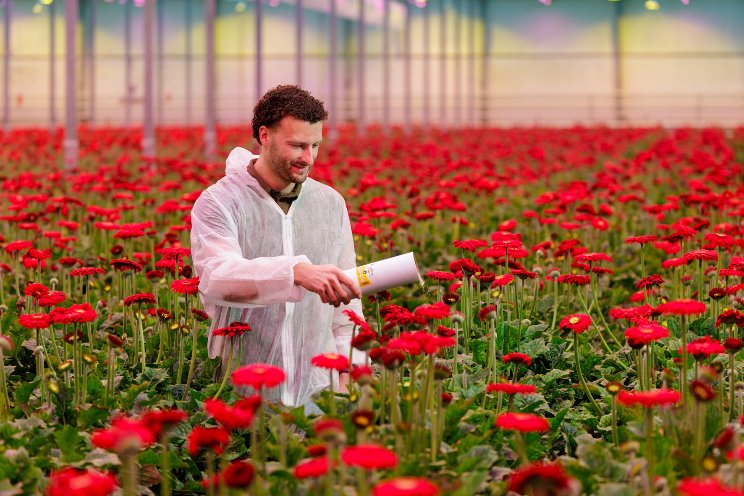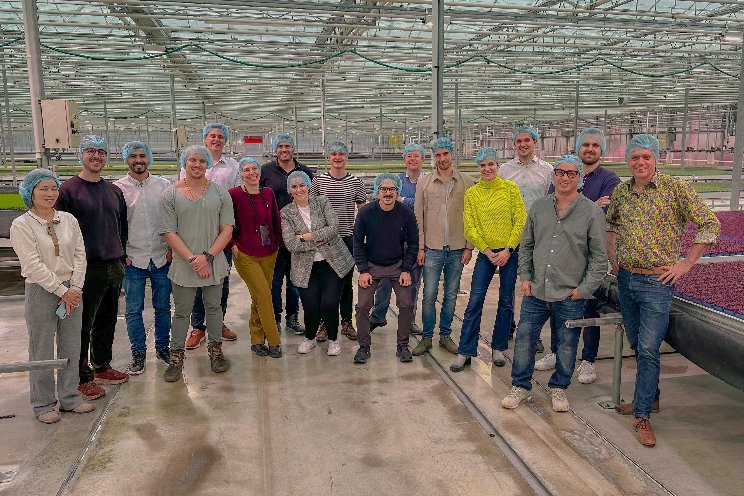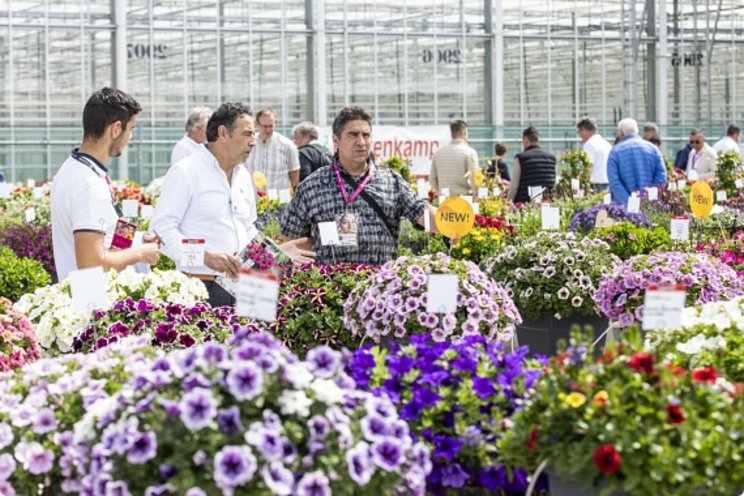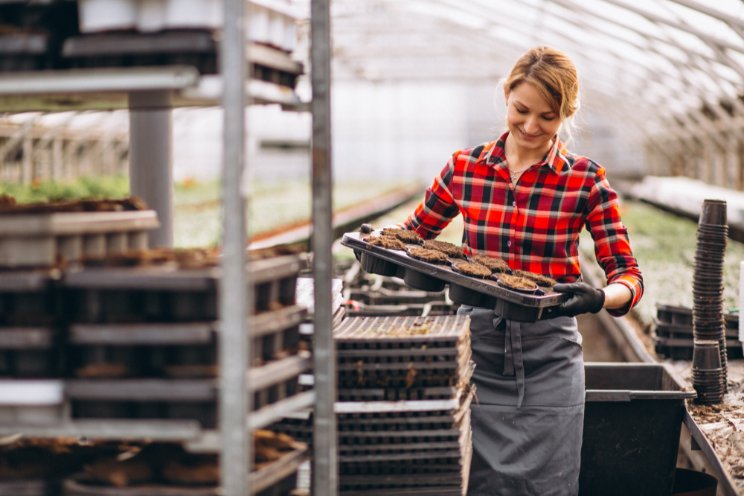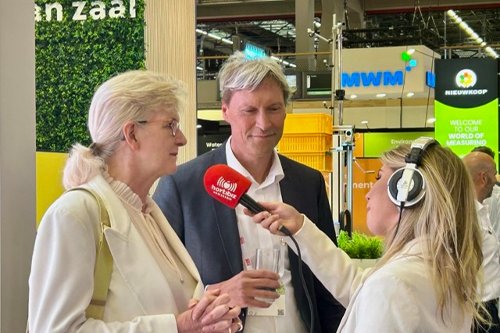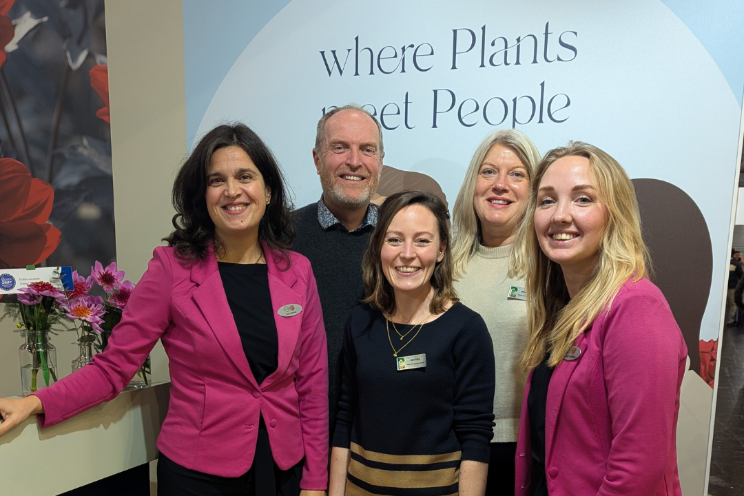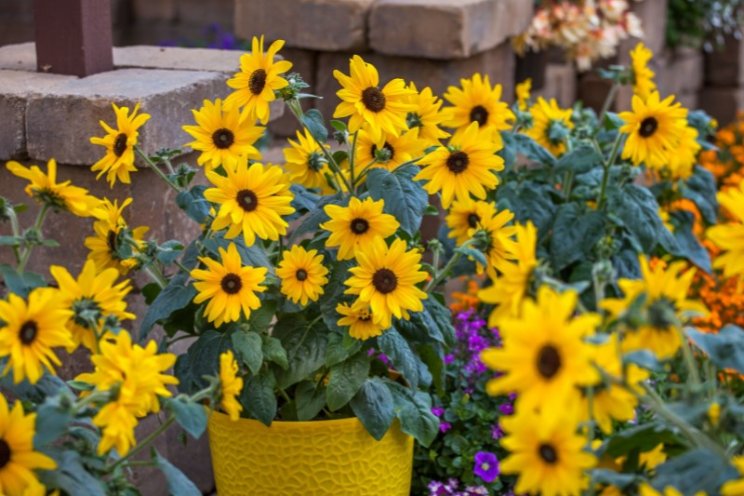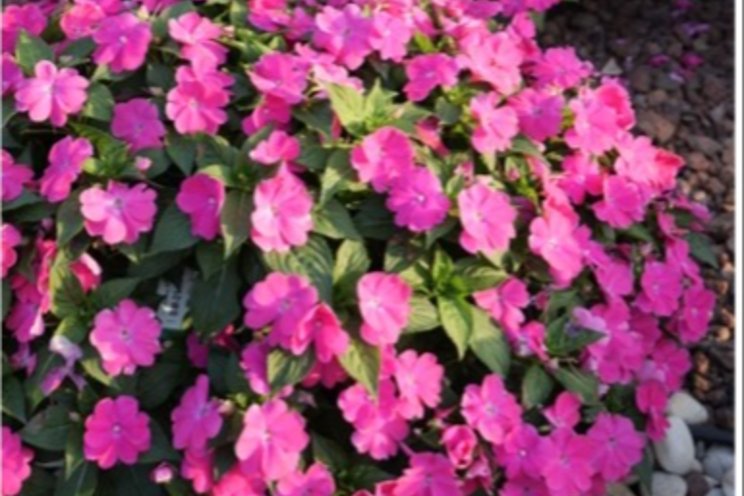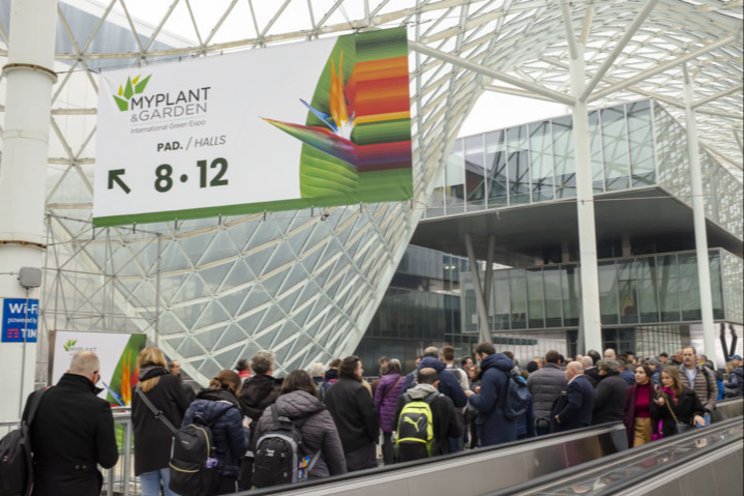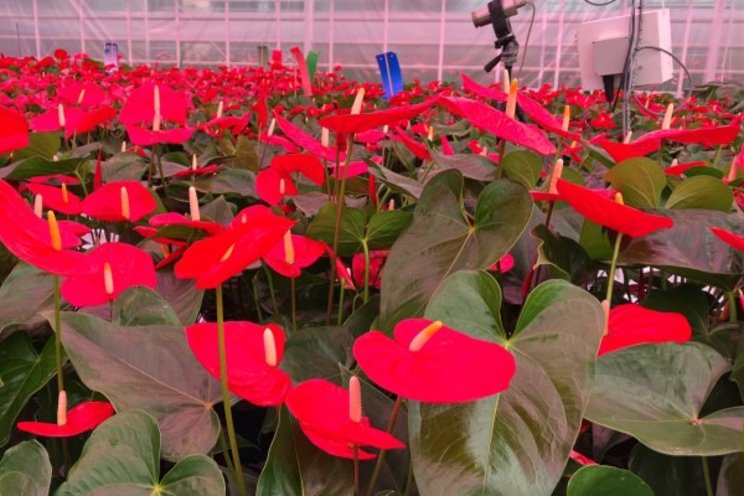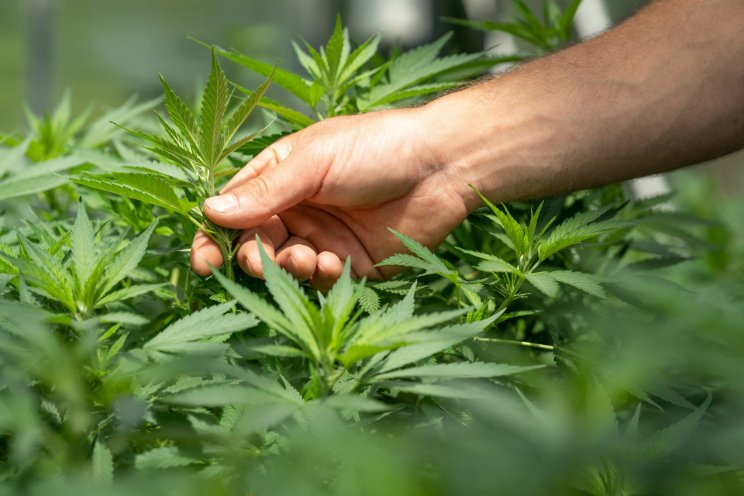How hybrid VF can slot in alongside traditional methods
Added on 14 January 2025
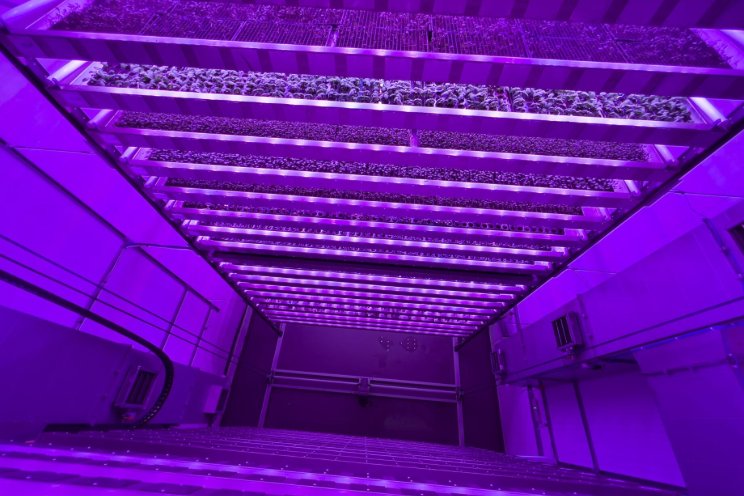
Vertical farming can act as the perfect complement to greenhouse and glasshouse operations. Here’s where we’ve seen growers thrive.
This article was written by Gina Mercier, Senior Account Manager at IGS. Gina works closely with growers to help them get the most from vertical farming technology, helping match individual need with years of industry expertise.
We’ve always believed that vertical farming technology is complementary to traditional agriculture, rather than a replacement. A vertical farm doesn’t have to be the plant’s home for the full extent of its life cycle: instead, it can act as a springboard, helping growers to achieve better yields, greater plant health, and greater resource efficiency.
A hybrid approach involves using vertical farming technology to optimise the early stages of crop growth, before transplanting the crops either outdoors, or to a glasshouse or polytunnel before harvesting. This approach makes sense for growers not just because of climate challenges, but also to help get around any supply chain issues. It empowers them to take the entire growth process in-house, reducing overheads and allowing them to grow to market demand, free from a reliance on third-party starter plant supply.
More news
